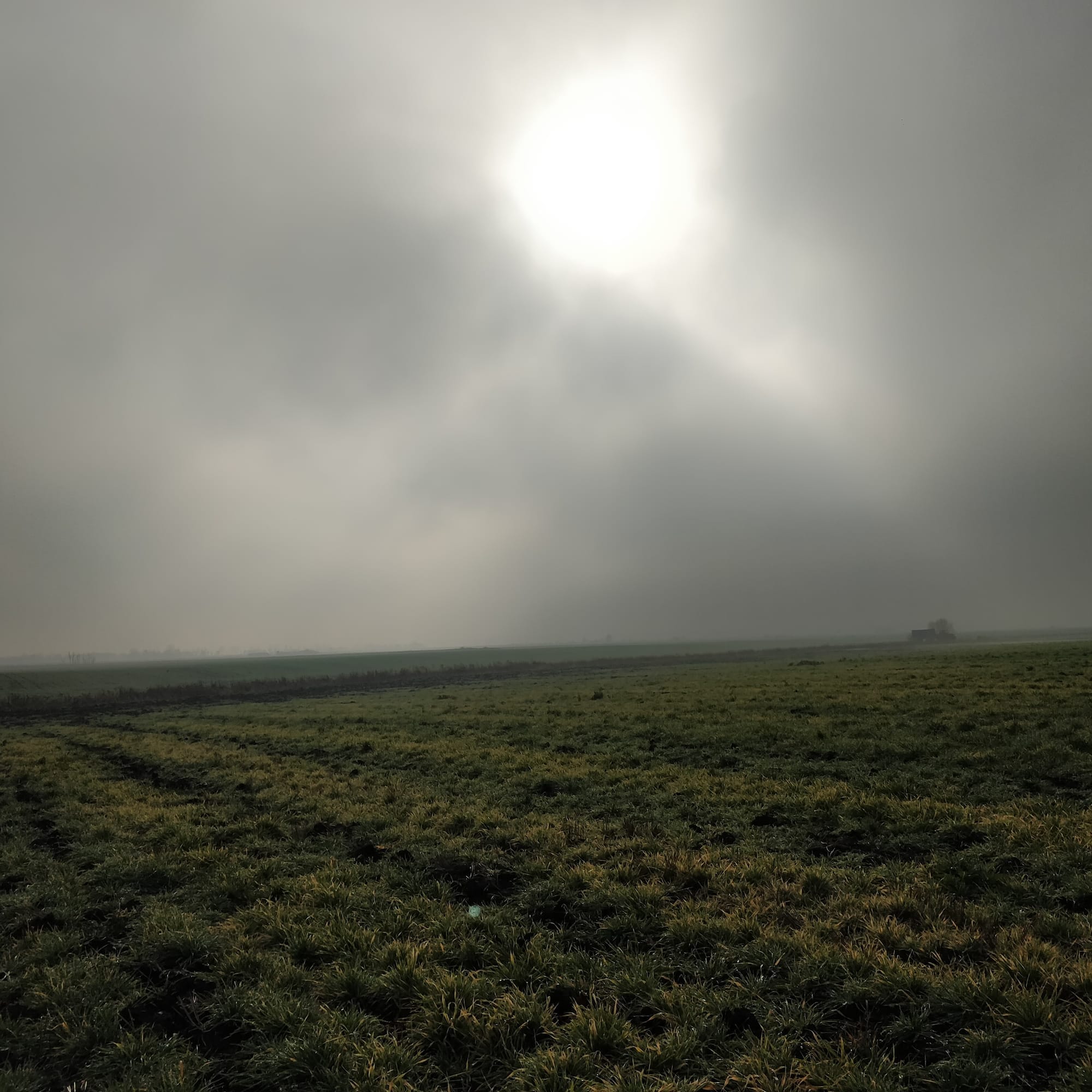The Historical Intricacies and Concerns of Global Agriculture

The world is a strange place, and our paradigm of it is ever so much more. What an individual chooses to focus on has shifted throughout generations; still searching for the basic needs as someone did thousands of years ago, but doing so in a completely different way from the past. Our world has advanced beyond city-states and tribal societies as a whole. Advancements in technology, culture and particularly agriculture paved the way forward to what we now recognize as today. Yet it is important to understand the past, so that we may put context into how far we have moved in the present.
Let's take it back a bit, to the Neolithic Era, near 12,000 years ago. Humanity's population was thought to be only a few million people globally, living in sporadic tribes just now starting to settle down from seasonal migration. Life was difficult to say the least, no sense of where your next meal might come from, no modern medicine, very little protection from the elements, the list goes on and life expectancy did not. Eventually with the global ice age nearing its end, larger, stationary communities were able to begin settling. Significant towns being constructed with mud or timber to last longer began to be put up around the Near East and East Asia, where the climate had reached agreeable levels. Sowing seeds of edible plants nearby and beginning to harvest instead of gathering.
Nearly all of the major agricultural crops we rely upon today came from wild descendants planted during this era and domesticated from generations of selective breeding. Wheat, Barley and Peas trace back to settlements in the Near East. Seedless varieties of Fig trees were found in the Jordan valley dating back around 11,300 years ago and Rice and Millet seeds have ancestors planted back in China. Additionally, Squash can be followed back all the way to Mexico around 10,000 years ago with varieties of corn, yet the cob did not come many thousands of years later.
This was the Neolithic Revolution taking place, a more stationary lifestyle, allowing for long term payoff in new agriculture, livestock, tools, the foundation of trade, complex art and eventually skill specialization. Better, more sustainable ways to feed a population allowed it to grow exponentially. Food production has always been a core part of a societies’ work, it was necessary for survival as scavenging the nearby area became more and more plucked with time, it had to be grown. This fact was and still is apparent with human populations today, the amount of food we need for a population can’t all be hunted and killed sustainably.
Farming and agriculture has been a core facet for the majority of human history, only until quite recently relatively did the farming population begin to decline. The Industrial Revolution initiated the most historical shift in the agricultural workforce ever, around the 1800’s almost 90% of American families were farmers. Today that percentage sits at around 2%. In the 1800’s the United States had a population of around 5,300,000 people, today it's almost 336,000,000. Two percent of that is still quite a large number of people one might think, but the fact remains that the United States is the largest global importer of food.
I hope now that some sort of picture is being painted. Food production has slowly shifted to behind the scenes, our advancements in technology and society led to a whole new level of specialization, growing people ever further apart from the very processes keeping them alive and well. Disconnected and rarely noticed, vital members of our community are fighting to continue a necessary practice. Many things throughout the years proved beneficial and many had unforeseen consequences, yet despite the difficulty there are new fascinating advancements and techniques looking to solve the amounting problems our food supply faces in a different way. Determining methods of organic restorative fertilizers and soil amendments, water retention systems, genetic engineering to combat disease, biological pesticides, robotics and so much more.
This article is meant to be one of many, an introduction into the deep dive that I am about to take whoever is willing through. Exploring the past, present and future of global agriculture, the problems it faces and all the mind boggling little known solutions that are keeping our food on the table.
